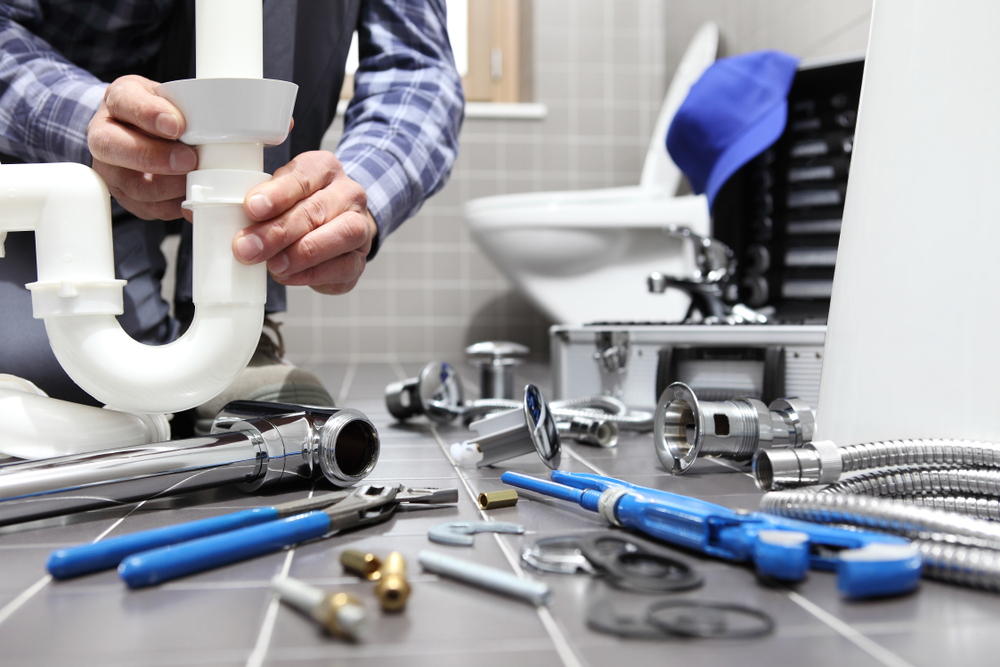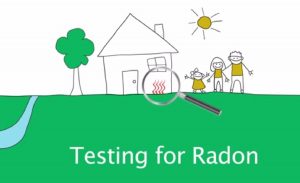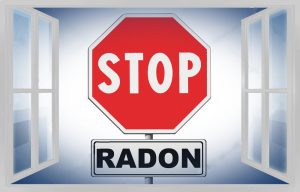Did you know radon contamination accounts for about 21,000 deaths in the US? Studies on miners reveal that this gas can cause lung cancer. Radon inhalation also increases the risk of developing leukemia.
What is Radon?
Based on this research, the International Agency for Research on Cancer recognizes this gas as carcinogenic. This WHO body recommends 100 Bq per cubic square as the limit for radon concentration. Air with more than 300 Bq/cubic meter is also deemed toxic.
Radon in Nature
However, radon in low concentrations poses no danger. In small quantities, it dissipates without causing harm. However, when the risks skyrocket with the concentration of this gas. Radon primarily originates from the soil. Chemical processes underground cause the radium within to decompose. This reaction leads to the formation of radon.
Typically, this gas would mix with the air and be immediately dissipated. However, in poorly ventilated basements and crawl spaces, this radon gets collected. From here, it may enter domestic spaces causing lung issues later on.
Importance of Radon Mitigation
Opting for a radon mitigation system is a smart way to solve this issue. With this set-up, homeowners can eliminate the risk of lung cancer by 99.9%. However, not every building may need radon mitigation. Newer domestic structures in the US follow RRNC guidelines these days. Short for Radon Resistant New Construction, these rules outline buildings’ radon mitigation integration.
Where is this Installation Necessary?
Domestic structures built using RRNC guidelines will not need this installation. Post-construction radon mitigation is needed primarily for older houses. Old structures may not have the proper ventilation and airflow to let out the radioactive gas. People living in heavily populated areas are also more likely to require this installation. Studies show that radon is more concentrated in packed areas.
In addition, you may require a radon mitigation installation if you live in certain geographical regions. Studies show some places/cities have higher concentrations of this gas than others. Other factors contributing to radon mitigation include poor construction and ventilation.
If you check all these boxes, you may need to install a radon mitigation system. For this, the first step is to get a test kit. Fortunately, these are inexpensive and easily available. You will need this to record the findings around the house. This data is then sent to a lab to verify the air’s radon levels.
According to the US Environmental Protection Agency, the national radon average is 40 Bq/cubic meter. Any building exceeding 74 Bq/cubic meter must get radon mitigation immediately.
Why Hiring a Plumber May Not be a Good Idea
In such cases, you can hire a plumber to install these systems. Radon mitigation is a relatively easy task. Any plumber with some experience/training will be able to set it up. An installation typically requires about $1200 to $200. The house size and design majorly affect the final cost.
Manual set-ups are also an option. However, getting a professional leads to more efficient results. The final design is also sure to be more aesthetically pleasing. You should get a plumber for your radon mitigation installation unless you are skilled in
- Using a right-angle drill
- Using a wet/dry vacuum
- Using a demolition hammer
- Using a rotary hammer
- Installing a PVC vent
- Setting up an in-line radon fan
What Does the Plumber Do?
An expert uses these tools to set up effective ventilation for radon. When installing, a plumber will start by testing the crawl spaces. The basement regions should be airtight for the system to be effective. Any leaks and cracks will interfere with the installation.
The slabs and foundations must be sealed to create a vacuum. Without this, the radon cannot be funneled into the PVC pipe. The in-line fan installation is the next step. Though important, not all buildings require this. However, some structures may be specifically built to have this fan installed later on.
The plumber will use the fan and the PVC to create a vacuum-based funnel. They will also attach a u-tube manometer to the exhaust. This device is necessary to get readings on your system. The manometer shows the gas amount funneled out by the radon mitigation system.
An installation typically takes a day to start working efficiently. Therefore you should test your installation only after 24 hours. The manometer reading should always be more than 0. According to RRNC standards, 4 pCi/L is a healthy radon reading.
Want to get better results with radon mitigation? Hire an expert!




